The sight of yellowing leaves often sends gardeners into a diagnostic frenzy. While numerous factors contribute to chlorosis—from pests to pathogens—one of the most revealing diagnostic tools lies in observing the pattern of discoloration relative to the leaf veins. The interplay between leaf veins and interveinal tissues provides critical clues about nutrient deficiencies, each with its own distinct fingerprint. Understanding these visual cues can transform how we approach plant health, turning every yellow leaf into a potential roadmap for targeted intervention.
When leaves begin to yellow, the relationship between the veins and the surrounding tissue often holds the key. In some cases, the veins remain dark green while the interveinal spaces turn pale or yellow. This stark contrast suggests specific nutrient shortages that disrupt chlorophyll production. Magnesium deficiency, for instance, typically manifests as interveinal chlorosis in older leaves first, creating a "Christmas tree" pattern where the central vein and primary laterals stay green against a yellowing background. The plant prioritizes magnesium for new growth, robbing it from mature leaves and leaving behind this telltale signature.
Iron deficiency presents a different but equally distinctive pattern. Unlike magnesium, iron isn't mobile within the plant, so symptoms appear on younger leaves first. The interveinal yellowing tends to be more pronounced, sometimes progressing to near-white, while the veins maintain their green color with sharp delineation. This contrast becomes especially vivid in plants like blueberries or azaleas that are particularly sensitive to iron availability. The severity of the chlorosis often correlates with soil pH—alkaline conditions locking up iron and inducing these symptoms even when the nutrient is theoretically present in the ground.
Manganese deficiency can be trickier to distinguish, as it also causes interveinal chlorosis on younger leaves. However, the symptoms tend to be less dramatic than iron deficiency, with a more subtle gradient between green veins and yellowish interveinal areas. Some plants may develop small necrotic spots within the chlorotic zones as the deficiency progresses. What makes manganese particularly interesting is its interaction with other nutrients—excess iron or magnesium can induce manganese deficiency, creating a complex diagnostic scenario where treating one deficiency might inadvertently cause another.
Nitrogen deficiency tells a different story altogether. Rather than the striking interveinal patterns seen with magnesium or iron, nitrogen-starved plants exhibit uniform yellowing across the entire leaf, veins included. This generalized chlorosis typically begins with older leaves as the plant mobilizes nitrogen to support new growth. The yellowing often accompanies overall stunting and reduced vigor, creating a plant that looks generally "hungry." Unlike the localized patterns of other deficiencies, nitrogen shortage paints with a broad brush, affecting the entire plant's physiology rather than creating dramatic visual contrasts on individual leaves.
Sulfur deficiency can initially mimic nitrogen shortage with overall yellowing, but closer observation reveals important differences. Sulfur symptoms typically appear on newer leaves first, as sulfur isn't as mobile within the plant as nitrogen. The yellowing tends to be more uniform across the leaf surface without the interveinal emphasis seen with other micronutrient deficiencies. Plants suffering from sulfur shortage often appear stiff and slender, with leaves that are more erect than normal. These subtle behavioral cues combined with the chlorosis pattern help differentiate sulfur deficiency from its visual doppelgänger, nitrogen shortage.
Zinc deficiency creates some of the most distinctive patterns among micronutrient shortages. The interveinal chlorosis appears in young leaves, often accompanied by reduced leaf size—a condition called "little leaf." In severe cases, the leaves may develop rosettes of small, distorted leaves at the stem tips. The chlorotic areas sometimes take on a bronzed or grayish cast, unlike the brighter yellow of iron or magnesium deficiencies. What makes zinc particularly noteworthy is its role in auxin production; without adequate zinc, plants can't properly synthesize this critical growth hormone, leading to the stunted, distorted growth that accompanies the chlorosis.
Potassium deficiency manifests through a different mechanism—necrosis rather than pure chlorosis. The initial symptoms often appear as yellowing at leaf margins and tips, which then progresses to scorch-like browning. Unlike the interveinal patterns discussed earlier, potassium deficiency creates a "burned" appearance that starts at the leaf edges and moves inward. The veins may remain green temporarily, but the overall pattern differs significantly from micronutrient deficiencies. Potassium-starved plants often exhibit weak stems and increased susceptibility to disease, highlighting how nutrient roles extend far beyond chlorophyll production.
The diagnostic journey through leaf yellowing reveals an intricate language of plant distress signals. Each nutrient deficiency writes its message in slightly different shades and patterns, with the leaf veins serving as both anchor points and reference lines for interpretation. Successful diagnosis requires observing not just color changes but their spatial relationships, progression patterns, and accompanying symptoms. Environmental factors like soil pH, moisture levels, and temperature all influence how these deficiencies present, adding layers of complexity to the diagnostic process.
Armed with this understanding, gardeners and farmers can move beyond generic "yellow leaf" concerns to targeted nutrient management. The veins of each leaf tell a story—whether it's magnesium's Christmas tree pattern, iron's sharp green veins against yellow, or potassium's advancing edge of necrosis. Learning to read these signs transforms plant care from guesswork to precise intervention, where every discolored leaf becomes a clue in the ongoing mystery of plant health. In the end, the yellow leaves we often see as problems are really the plant's way of communicating its needs—we just need to learn how to listen.
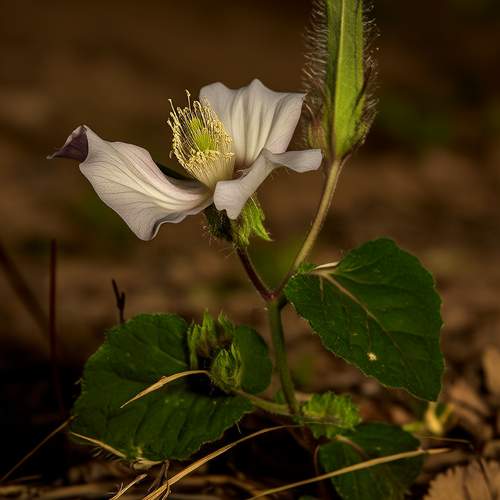
By /May 21, 2025

By /May 21, 2025
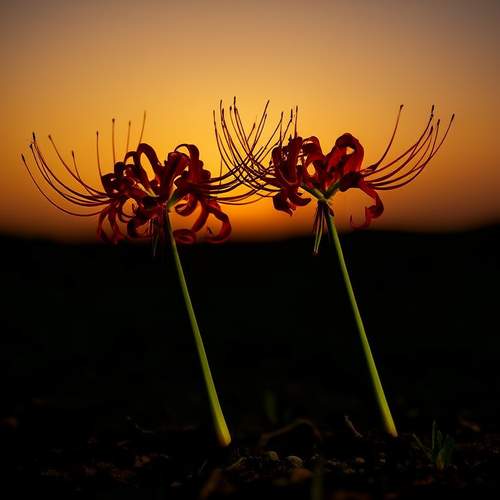
By /May 21, 2025
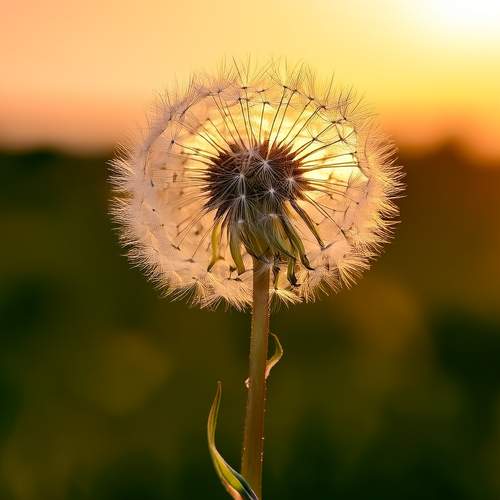
By /May 21, 2025

By /May 21, 2025

By /May 21, 2025

By /May 21, 2025

By /May 21, 2025
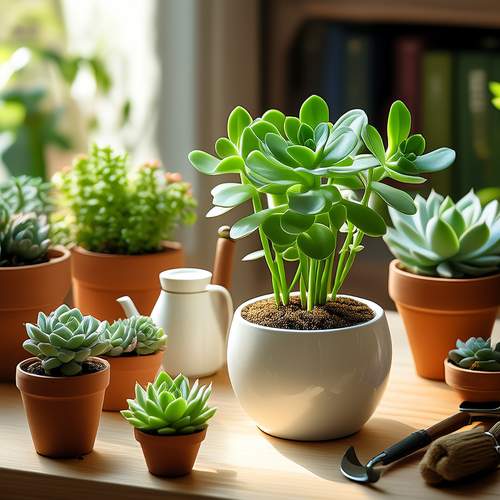
By /May 21, 2025
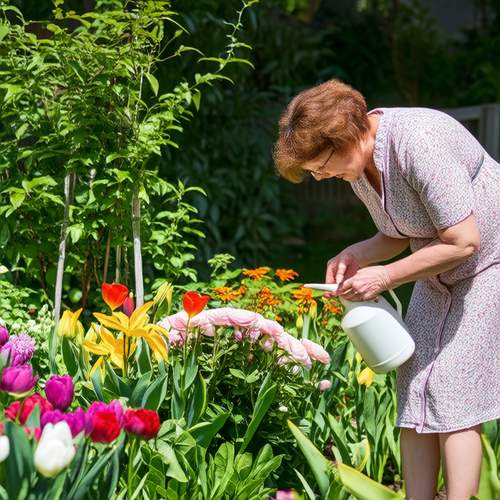
By /May 21, 2025
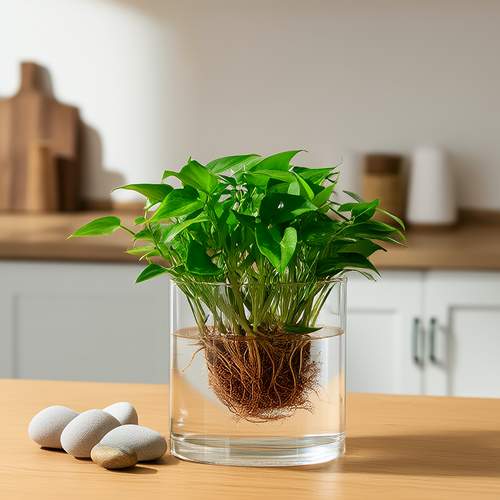
By /May 21, 2025
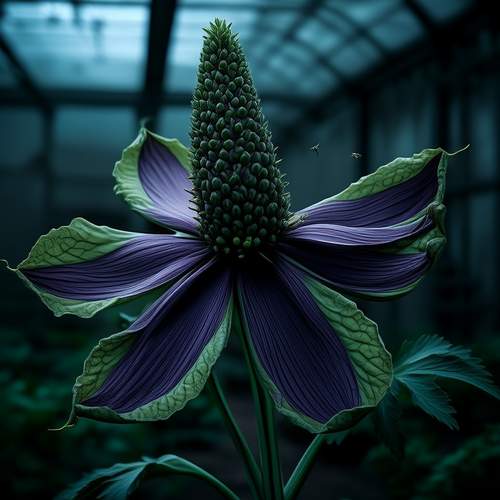
By /May 21, 2025
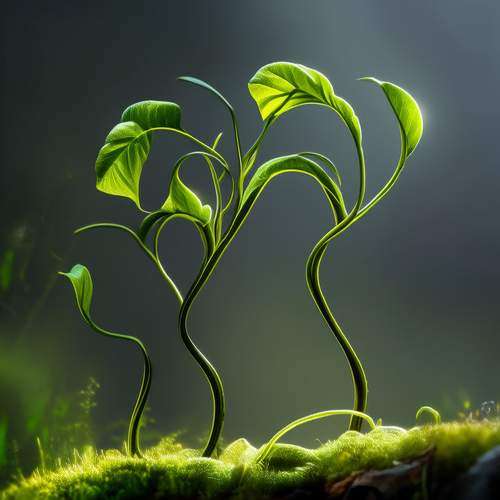
By /May 21, 2025

By /May 21, 2025
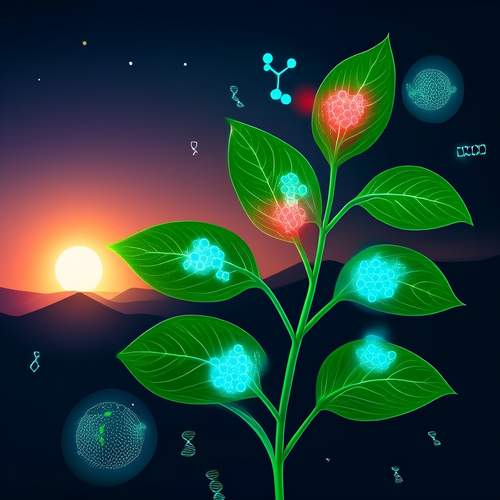
By /May 21, 2025
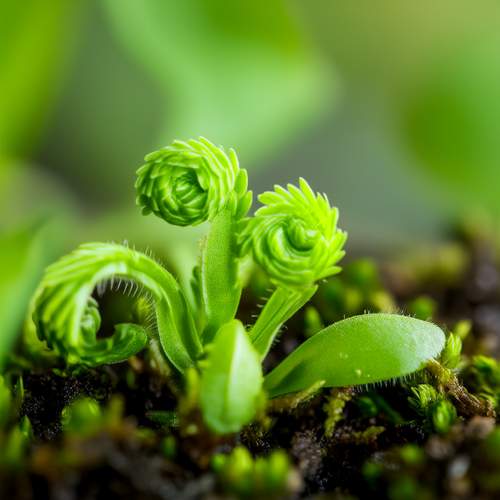
By /May 21, 2025
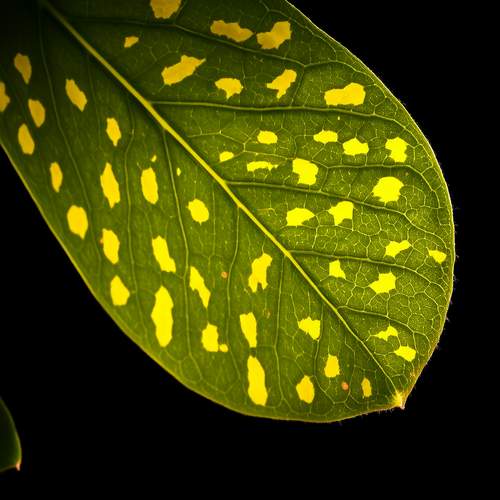
By /May 21, 2025
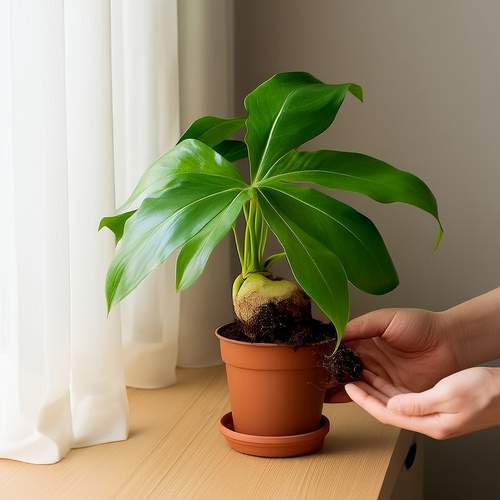
By /May 21, 2025
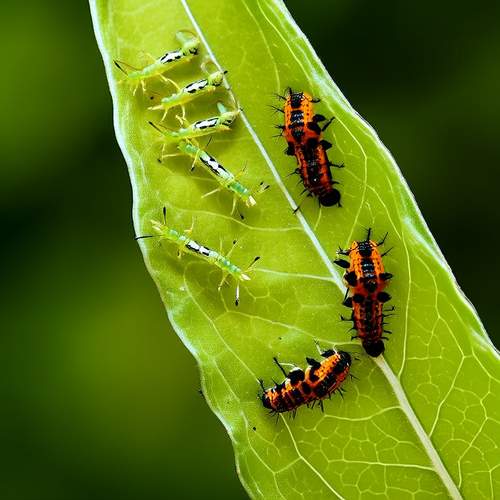
By /May 21, 2025
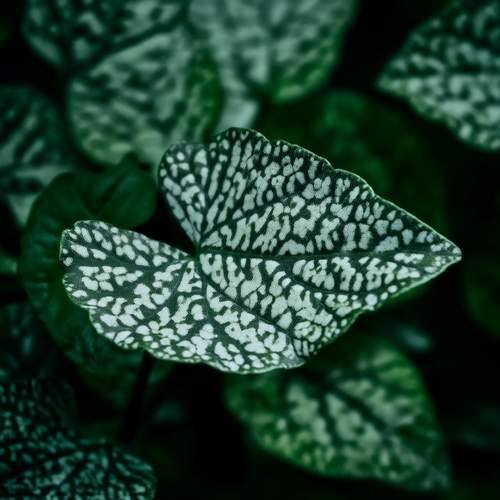
By /May 21, 2025